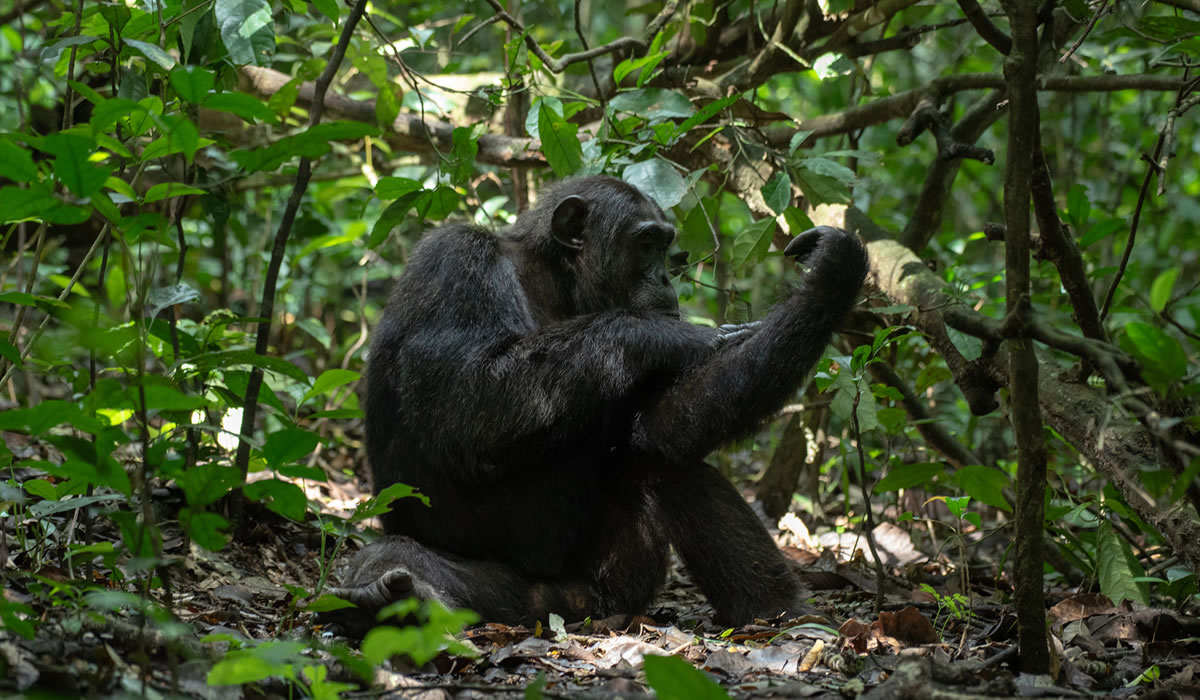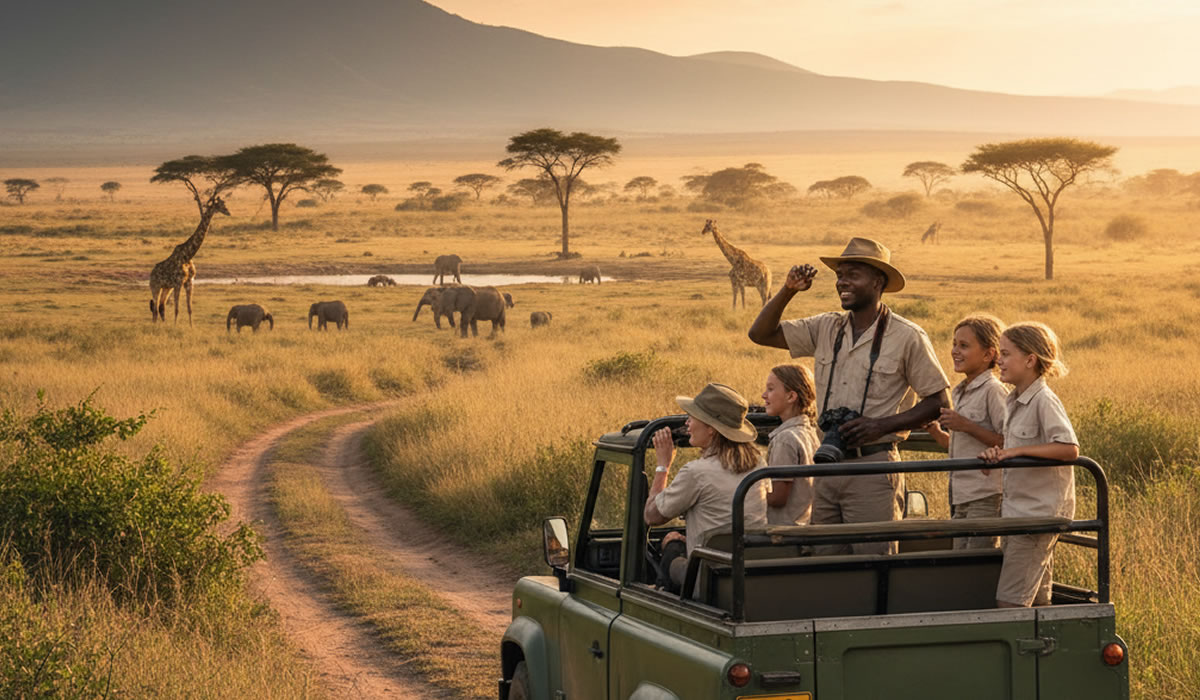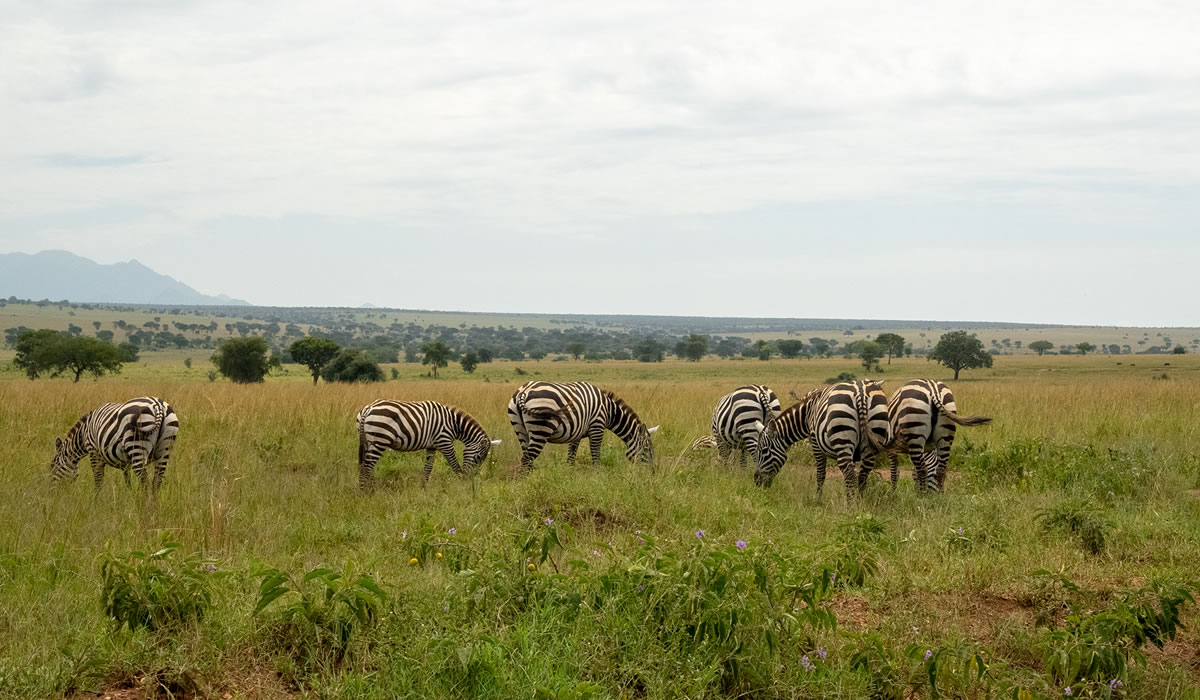Uganda, famously known as the Pearl of Africa, is a vibrant destination offering rich wildlife,…

A Guide to Chimpanzee Tracking in Kibale Forest
Uganda, known as the Pearl of Africa, is a treasure trove for wildlife enthusiasts, offering unique encounters with some of the world’s most fascinating animals. Among these experiences, chimpanzee tracking in Kibale Forest stands out as a highlight for tourists seeking adventure, education, and close connections with nature. Often referred to as the primate capital of the world, Kibale National Park is home to nearly 1,500 chimpanzees, alongside thirteen other primate species. For tourists, tracking these intelligent and charismatic primates in their natural rainforest habitat is both an exhilarating and educational experience. This guide provides a comprehensive overview of everything tourists need to know about chimpanzee tracking in Kibale Forest.
Overview of Kibale Forest National Park
Kibale Forest National Park, located in western Uganda, spans approximately 795 square kilometers and is a blend of tropical rainforest, grasslands, and wetland areas. Its rich biodiversity makes it a significant ecological site, with dense canopies, towering trees, and winding forest trails providing the perfect habitat for chimpanzees, monkeys, and countless bird species.
In addition to primates, Kibale hosts forest elephants, bush pigs, and duikers, making it an exciting destination for wildlife observation. The park is accessible from Fort Portal, the nearest town, and is about 5–6 hours’ drive from Kampala. Its accessibility, combined with the unique wildlife encounters it offers, makes Kibale one of Uganda’s top tourist destinations for nature enthusiasts and wildlife photographers.
Why Chimpanzee Tracking is a Must-Do Activity
Chimpanzees are highly intelligent primates, sharing approximately 98% of their DNA with humans. Observing them in their natural habitat offers tourists a rare glimpse into their social behavior, problem-solving abilities, and interactions within the troop. Unlike viewing chimpanzees in captivity, tracking them in Kibale allows tourists to witness natural behaviors such as grooming, playing, and foraging.
Chimpanzee tracking is not only thrilling but also educational. Visitors gain insight into primate ecology, conservation efforts, and the importance of protecting endangered species. The experience fosters awareness about environmental preservation and provides a deeper appreciation for Uganda’s commitment to wildlife conservation.
Best Time to Visit Kibale Forest
The optimal time for chimpanzee tracking in Kibale Forest is during the dry seasons, from December to February and June to August. During these months, forest trails are easier to navigate, and the weather is more favorable for trekking. The dry conditions also improve visibility and increase the chances of spotting chimpanzees as they move through the forest in search of food.
While the wet seasons, from March to May and September to November, can make trails muddy and challenging, they offer unique benefits. The forest is lush and green, insects are abundant, and many fruiting trees attract primates, offering alternative viewing opportunities. Tourists who don’t mind wet conditions may find these months rewarding for photography and nature observation.
Chimpanzee Tracking Permits
Tracking chimpanzees in Kibale Forest requires a permit, which is mandatory and strictly regulated to protect both the primates and tourists. The permit fee is approximately USD 200 per person and can be purchased through Uganda Wildlife Authority (UWA) or via registered tour operators.
Permits are limited to six tourists per tracking group to minimize disturbance to the chimpanzees. Booking in advance is highly recommended, especially during peak tourist seasons, as permits are often sold out weeks ahead. The fees contribute directly to conservation initiatives, habitat protection, and local community development, ensuring that tourism benefits both wildlife and the people living around the park.
Preparing for Chimpanzee Tracking
Chimpanzee tracking in Kibale Forest requires preparation to ensure a safe and enjoyable experience. Tourists should wear lightweight, neutral-colored clothing to blend into the forest environment and avoid startling the chimpanzees. Long sleeves and trousers help protect against insect bites and scratches from dense vegetation.
Comfortable, sturdy hiking boots are essential for navigating uneven and sometimes slippery forest trails. Tourists should also bring rain jackets, hats, and gloves, depending on the season. Insect repellent, sunscreen, and a small backpack with water, snacks, and a camera are recommended for a comfortable trek.
It is important for tourists to have a moderate level of fitness, as tracking can involve trekking for 2–6 hours on uneven terrain, following chimpanzees as they move through the forest. Guides are always present to provide support, ensure safety, and enhance the experience with their knowledge of chimpanzee behavior and forest ecology.
The Chimpanzee Tracking Experience
Chimpanzee tracking begins at the park headquarters, where tourists receive a briefing from experienced UWA guides. The briefing covers safety rules, appropriate behavior around wildlife, and an introduction to chimpanzee behavior. Tourists are then divided into small groups to ensure minimal disturbance to the primates.
Once in the forest, the tracking begins along narrow trails, through dense vegetation, and across streams. Guides use their expertise to locate chimpanzee troops, following vocalizations, nests, and footprints. Tourists may encounter other primates along the way, such as red-tailed monkeys, black-and-white colobus monkeys, and mangabeys.
Upon locating a chimpanzee troop, tourists are allowed to observe the primates for one hour, maintaining a safe distance. During this time, tourists can watch chimpanzees grooming, playing, feeding, and interacting socially. The experience is intimate and immersive, offering unparalleled photographic opportunities and a sense of connection with these fascinating creatures.
Other Activities in Kibale National Park
While chimpanzee tracking is the main attraction, Kibale Forest offers additional activities that enhance the family-friendly or adventure experience. Bigodi Wetland Sanctuary, located near the park, provides guided walks through swamp forests and papyrus wetlands, ideal for observing birds, butterflies, and smaller mammals.
Hiking trails in Kibale offer scenic views, waterfalls, and opportunities to see forest elephants and various plant species. For tourists interested in local culture, visits to nearby villages allow interactions with communities, participation in traditional activities, and insight into rural Ugandan life.
Combined, these activities provide tourists with a well-rounded experience that balances wildlife encounters, nature exploration, and cultural immersion.
Accommodation Options Near Kibale Forest
Kibale National Park is served by a variety of accommodation options catering to different preferences and budgets. Fort Portal, the nearest town, offers hotels, lodges, and guesthouses with family rooms, restaurants, and easy access to the park.
Eco-lodges and forest campsites provide immersive experiences for tourists seeking to stay close to nature. Many lodges offer organized chimpanzee tracking tours, guided walks, birdwatching excursions, and cultural experiences, making them convenient bases for planning a complete wildlife itinerary. Staying near the park allows tourists to start early morning treks, which is the best time for successful chimpanzee sightings.
Tips for a Safe and Enjoyable Experience
Chimpanzee tracking in Kibale Forest requires adherence to certain safety and ethical guidelines. Tourists should:
- Maintain a safe distance of at least 7 meters from chimpanzees to prevent disease transmission and stress.
- Avoid sudden movements, loud noises, or feeding the primates.
- Follow guide instructions carefully at all times.
- Sanitize hands before and after tracking, as chimpanzees are susceptible to human diseases.
- Use binoculars and cameras with zoom lenses for a closer view without encroaching on the chimpanzees’ space.
By respecting these rules, tourists ensure a safe and rewarding experience while contributing to the protection of chimpanzees and their habitat.
Conservation and Community Impact
Chimpanzee tracking in Kibale Forest is part of broader conservation and community initiatives. The fees from tracking permits support habitat preservation, anti-poaching efforts, and ecological research. Local communities benefit from tourism through employment as guides, lodge staff, and craft vendors. Community engagement programs also promote environmental education, sustainable farming, and the protection of wildlife corridors.
Tourists participating in chimpanzee tracking directly contribute to these efforts, making their visit not only enjoyable but also meaningful and responsible.
Travel Logistics and Getting There
Kibale National Park is approximately 350 kilometers from Kampala, Uganda’s capital, and the journey takes 5–6 hours by road. Most tourists prefer hiring private cars or booking guided tours that include transport, accommodation, and tracking permits.
Fort Portal serves as the main entry point for the park, with amenities including restaurants, banks, and hotels. From Fort Portal, it is a short drive to the park headquarters, where tracking groups assemble. Flights to nearby airstrips are available for tourists with limited time, though road travel allows sightseeing of Uganda’s scenic countryside along the way.
Chimpanzee tracking in Kibale Forest offers tourists an unforgettable encounter with one of Africa’s most intelligent and intriguing primates. The experience combines adventure, education, and conservation awareness, allowing visitors to witness natural chimpanzee behavior while supporting efforts to protect wildlife and local communities.
Kibale Forest itself is a haven of biodiversity, with dense rainforests, wetlands, and diverse fauna that make the experience rich and rewarding. From the excitement of spotting playful chimpanzees to exploring nearby wetlands, hiking trails, and cultural villages, tourists are treated to a comprehensive and memorable journey into Uganda’s natural wonders.
For anyone seeking an immersive wildlife experience, chimpanzee tracking in Kibale Forest represents one of the most iconic and rewarding activities in Uganda. With proper preparation, guidance, and respect for the environment, tourists can enjoy a safe, educational, and awe-inspiring adventure that leaves lasting memories of the Pearl of Africa.




